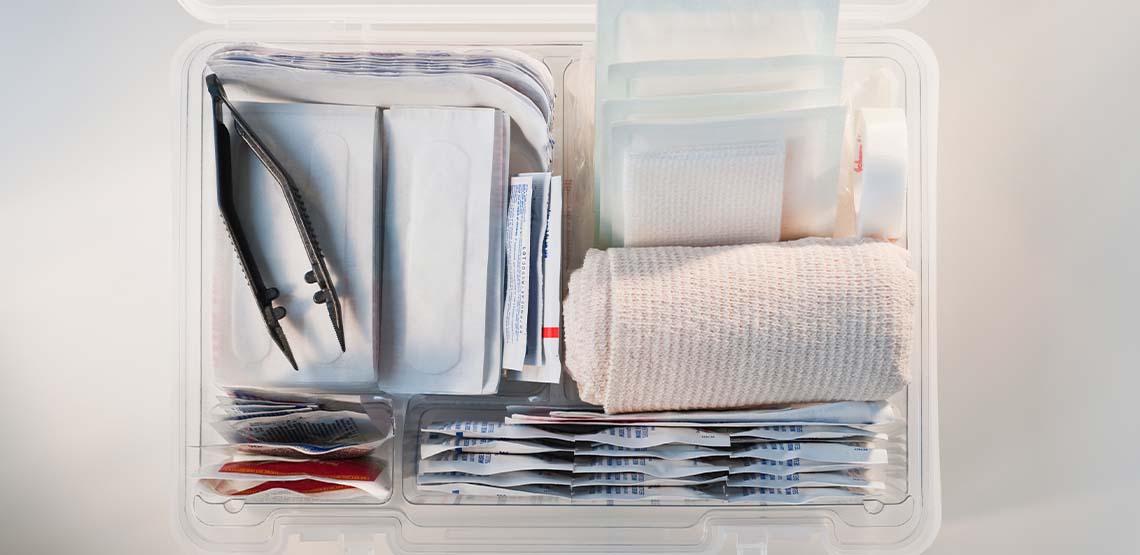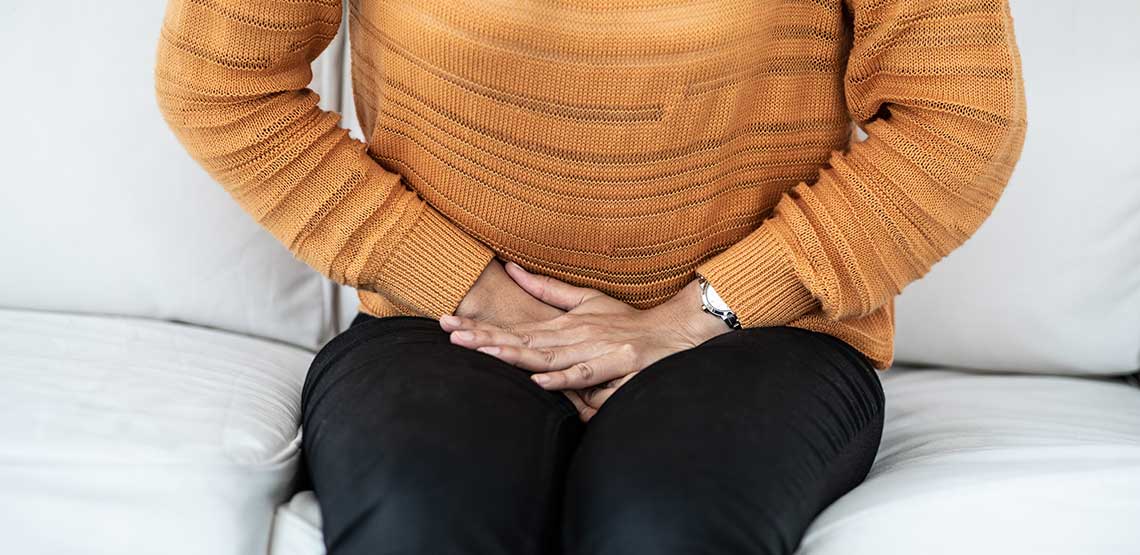First Aid Kit List
When you give simple medical care to someone, it is called first aid. First aid can prevent a minor accident or injury from becoming a more serious concern. Read on to find out what essentials should be on your first aid kit list.
Should You Have a First Aid Kit at Home?
The short answer: Definitely. Everyone should have a basic first aid kit at home. You should store in a cool, dry place convenient to access in a hurry, out of reach of children.
The treatment of minor injuries, wounds and accidents can stop someone from needing further treatment, such as antibiotics or even emergency medical care. If you have children, it is a must, but even adult-only homes should have a first aid kit. You can buy a ready-made kit, but making your own at home is easy, cheap and more personal to your needs.
Many people keep a first aid kit in their cars also. This idea is great, but if you can only pick one, you need to have it in your home.
Top 14 Items for Your First Aid Kit
- Hand sanitizer. This one is a given, and I am sure you have an abundant supply by now. Use it before and after first aid care.
- Disposable gloves. Use these to protect yourself and the other person from infection during care.
- Bandages. Try to stock assorted shapes and sizes to cover different types of cuts, grazes and wounds. Crepe or elastic bandages can be helpful to hold a wound dressing in place. Tubular support is suitable for a sprained ankle or knee.
- Antibiotic or antiseptic cream. This includes Neosporin or Polysporin. These creams should be applied to cuts and grazes after you have cleaned it to help prevent infection and numb the pain.
- Burn gel. The best treatment for minor burns is to run it under cool — not cold — water. If you are not close to any, try burn gel to quickly soothe the burn and relieve the pain.
- Hydrocortisone cream. This is used on skin rashes, insect bites, acne breakouts and more.
- Absorbent wound dressings. These pads are used to apply pressure to a bleeding wound.
- Small scissors. These are used to cut the bandages or dressings to suit the size of the wound.
- Tweezers. Use these to remove small items from a cut, such as stones or a splinter.
- Sterile gauze. This is used to clean and cover more significant cuts and wounds.
- Medical adhesive tape. This is used to hold dressings in place.
- Cold pack. Use it if someone is suffering from temperatures or migraines.
- Safety pins. They can be used to hold a sling in place or secure a bandage.
- Normal saline. Saline has multiple uses, such as cleaning a wound, washing out the eyes, washing dust or loose particles from a scrape.
Related Search Topics (Ads)
Bonus Supplies
- Thermometer. Digital is preferred, but a manual can also help you test for fever.
- Flashlight. This is handy to have in an emergency. Make sure to test the batteries often.
- Sunscreen. This can protect you from sunburn.
- Emergency numbers. Keep a list of local emergency numbers, your home's postcode, your doctor’s phone number and the name of your preferred pharmacy. These can save life-altering minutes in an emergency.
What Not to Include
Experts do not recommend that you include medications in your first aid kit. Storing medicines in your first aid kit is dangerous because a child can grab the drug while you are tending to someone else and ingest it. Medications are safer stored separately in a medicine box that is high out of reach and can be supervised when out for use.
What Should You Do in an Emergency?
Sometimes, first aid is the initial support while you wait for emergency responders. This can help someone to survive until a medical professional reaches the scene. If you find yourself in an emergency, here are a few tips I picked up during my nursing career:
- Firstly, don’t panic. It can be natural to jump to fear immediately, but this won’t help. Calmly assess the scene for danger to yourself before you intervene.
- On a plane, put your oxygen mask on before you help anyone else — this is because you can’t help someone if you get hurt yourself. Then, the paramedics will have two patients to treat.
- If the scene is safe, and you suspect the person needs emergency care, immediately contact 911. The operator will stay on the line with you and guide you through.
- Try to keep the person warm, as going into shock is a silent killer. Cover them with your jacket or anything you can find nearby. Talk to the person; they may be able to hear you even if they can’t respond. Your voice could give them something to focus on and help them hang on for longer.
- Finally, don’t beat yourself up. Try not to worry if something you should have or could have done is your fault. You can only try your best, and anything you have done is better than nothing at all.
If you want to learn more, try an introductory first aid class. Classes are open to anyone, and first aid in the community can often mean the difference between life and death.


